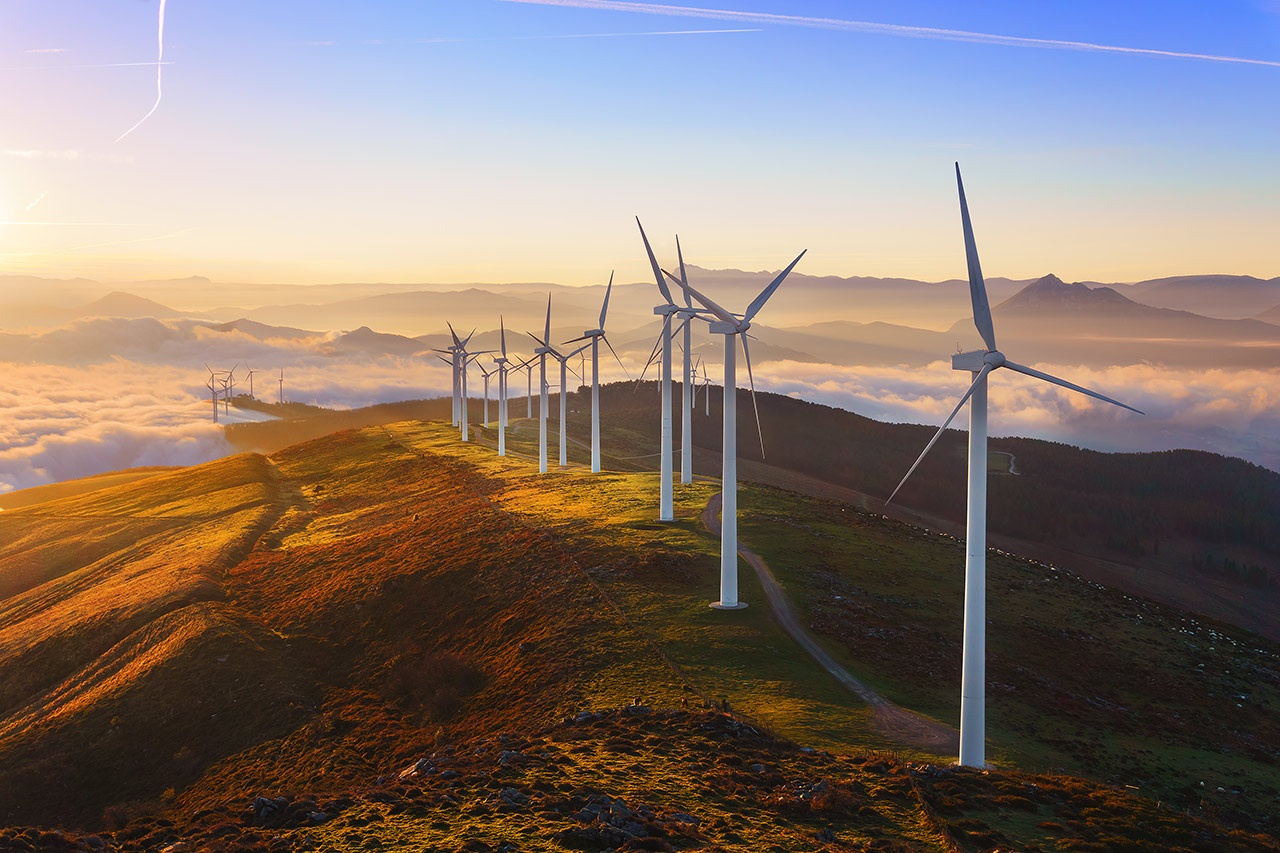As long as there’s demand for oil distillates that drive up the overall demand for crude oil, battery electric vehicles will only be a ‘patch’ solution. Although they might be good for local pollution, it will be difficult to reduce global CO₂ emissions.
Crude oil refining always yields the same output, which we can divide into four groups:
• Light distillates (liquefied petroleum gas (LPG), gasoline, and naphtha)
• Middle distillates (kerosene, jet fuel, diesel and gasoil)
• Heavy distillates (fuel oil, bunker fuel, lube oil, residual fuel, vacuum gas oil (VGO))
• Residuum (bitumen for asphalt or production of roofing felt)
This is how hydrocarbons are refined and it has some direct implications for the decarbonisation of our energy system.
Even if we reduce the demand for one group of distillates to zero, that group will still be produced if we produce any of the other groups. And if the demand for a distillate group goes up, then the production of all the other groups goes up as well.
To give an example: the demand for jet fuel (and therefore middle distillates) is increasing and is expected to continue to increase due to a growing global middle class travelling more, low oil prices and growing freight markets.
In the worst-case scenario, the leftover distillates originating from the production of jet fuel would be burned to produce electricity, since they would not be used for meeting either of the demands.
This demand cannot be met without producing the other distillates. Let’s imagine a world of a 100% electrified road traffic but with jet-fueled air traffic, and focus on this distillation curve challenge; in the worst-case scenario, the leftover distillates originating from the production of jet fuel would be burned to produce electricity, since they would not be needed for meeting the other demands. From the perspective of a refinery, these leftover distillates would be sold for a lower price and would end up in incineration. The utilisation of different end products is regulated through legislative actions, resulting in an imbalance between supply and demand. As an illustrating example, let’s look at the current situation of marine fuel production: The Sulphur Directive dictates the maximum sulphur content of the product utilised in marine fuels.
This results in declining demand for marine fuel oil (a heavy distillate in the current distillation process), creating a situation where most refineries are still producing high sulphur content fuel oil without any market to sell it to. As the marine sector demand moves on from the heavy distillates to the middle distillates, the overall crude demand goes up. This is especially true when we look at the shift in the marine sector in combination with the increased demand for jet fuel, which is also a middle distillate. Instead of solving the “energy crisis” with this kind of limited scope, current legislative actions should perhaps consider the ‘bigger picture’ and all its consequences.
How then, do we curb the use of fossil crude oil? Reducing overall crude demand must be done either by replacing the current oil products – including the increased use of so-called bottleneck products which drive total crude demand – with sustainable alternatives. Alternatively, the crude oil intake into the distillation column must be replaced with synthetic and renewable crude oil.
Major rebalancing of investments from fossil fuels toward renewables is needed. The annual growth in renewable energy needs to be 10 times higher than today for replacing the use of fossil energy.

What we need is a sustainable carbon cycle, that captures carbon and releases it back into the atmosphere in equal measure.

